The Things We Know
As the quote often attributed to Mark Twain goes, "It ain't what you don't know that gets you into trouble. It's what you know for sure that just ain't so." This quote speaks to the idea that what we believe to be true can be more dangerous than what know we don't know. It is easy to fall into the trap of assuming we have all the answers, but in doing so, we close ourselves off to the possibility of learning and growth. Taking the approach of a scientist in life can help us avoid this trap by encouraging us to constantly question what we think we know and remain open to new information and perspectives.
The scientific method is a tool used by scientists to systematically test hypotheses and theories. It involves several steps, including making observations, forming a hypothesis, testing the hypothesis through experimentation, analyzing the data, and drawing conclusions. The key aspect of the scientific method is that it is designed to prove what we believe to be true is wrong, rather than to prove it right.
This approach can be applied in life by constantly questioning our assumptions and beliefs. It requires us to be open to the possibility that what we think we know may not be entirely accurate. By doing so, we remain curious and open to new ideas and perspectives.
The pursuit of truth is not a single point but rather like an asymptote. An asymptote is a curve that approaches a line but never touches it. Similarly, our understanding of truth is something that we can approach but never fully grasp. The scientific method allows us to get closer to the “truth” by constantly questioning what we "know" and seeking new evidence to support or refute our beliefs.
This approach requires humility. It is essential to recognize that we do not have all the answers and that there is always more to learn. In doing so, we can remain open-minded and avoid becoming complacent in our knowledge. Humility allows us to remain curious and engaged, seeking out new information and perspectives that can challenge and expand our understanding of the world.
The scientific method can also help us avoid the pitfalls of confirmation bias. Confirmation bias is the tendency to seek out information that confirms our pre-existing beliefs and ignore information that contradicts them. By following the scientific method, we actively seek out information that may challenge our beliefs instead. This makes us more receptive to this challenging new information and makes it less likely we will dismiss it out of hand as contradictory to what we “know” and want to believe.
Taking the approach of a scientist in life can help us avoid the trap of assuming we have all the answers, or even any of the “final” answers. It requires us to remain open-minded and curious, constantly questioning what we think we know and seeking out new evidence and perspectives. The scientific method can be a valuable tool in this pursuit, allowing us to systematically test our hypotheses and theories and avoid the pitfalls of confirmation bias.
If done properly, the pursuit of truth is a never-ending journey. With this mindset we can continue to grow and learn throughout our lives. As the great philosopher Socrates once said, "The only true wisdom is in knowing you know nothing."











